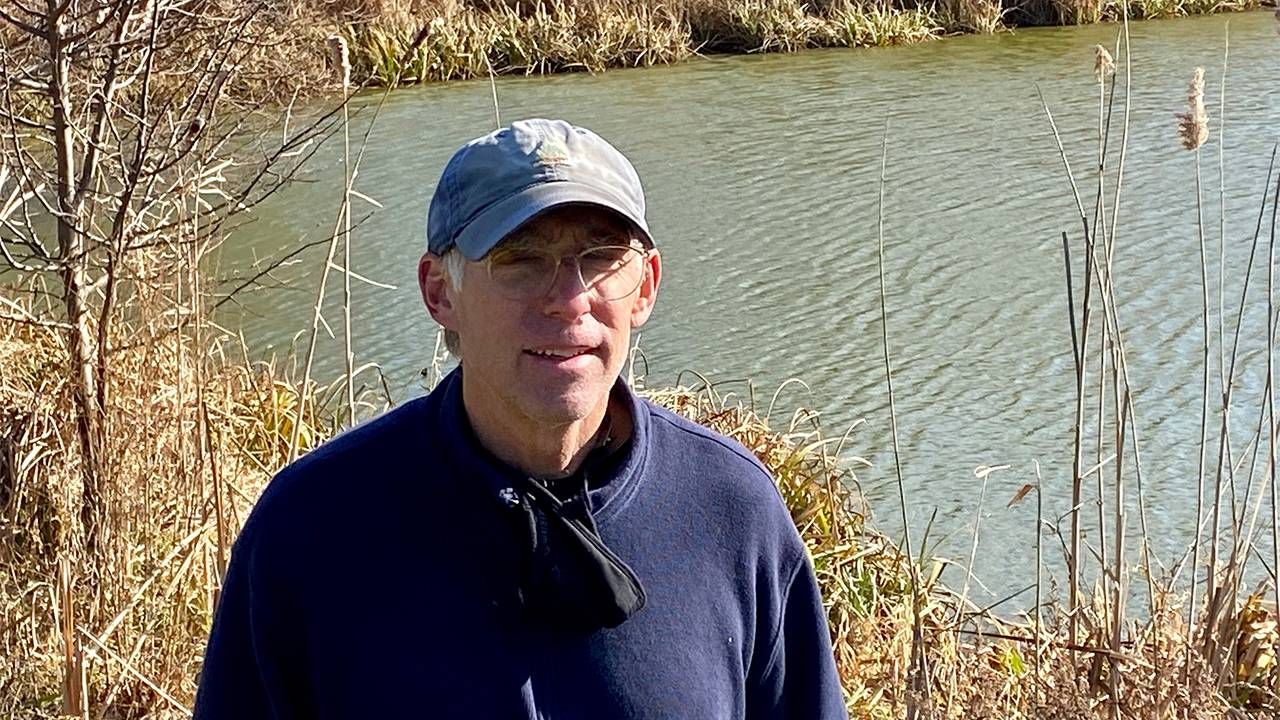What to Do When You Don’t Know What to Do in Retirement
My husband just went through this, and here are steps that turned things around
Last year, my husband Joel, then 65, retired from a 30+ year career as an IT consultant. Initially, he reveled in his newfound freedom. But over time, the leisurely life lost its luster and Joel seemed a little lost himself.

Now as a retirement coach, I wasn't alarmed by Joel's growing restlessness. Retirement can be surprisingly challenging and it often takes two years or more before people settle in. Still, as his wife, it was eye-opening to experience the ups and downs of this transition firsthand.
Over the course of the year, Joel thankfully ultimately found his footing. I'd like to tell you how that happened and what you might do if you're about to retire or have retired so you can figure out what to do in retirement for maximum fulfillment.
What My Husband Wound Up Doing in Retirement
In Joel's case, he found a wonderful mix. Joel wound up enrolling in a program to become a master naturalist, volunteered to teach a course on artisanal cheese (a longtime passion of his), took courses online and began to play tennis again.
"It's a work in progress. On one hand, I'm pleased that I've got a good portfolio of activities in place. But I know the specifics will change over time."
"It's a work in progress," says Joel. "On one hand, I'm pleased that I've got a good portfolio of activities in place. But I know the specifics will change over time."
Before I share the exact formula Joel used to craft his next act, let me first say that there is no surefire recipe for retirement joy.
A satisfying retirement is crafted with small steps and a sprinkling of serendipity that leads you in a new direction. Maybe you have a conversation with a friend that results in an introduction to a new course that prompts you to get involved in an exciting volunteer opportunity or part-time gig.
It's almost always an unpredictable journey.
Fortunately, even if you don't know exactly where you're headed, there are things you can do to build forward momentum. Here are five key steps that Joel took to get unstuck, along with a few suggested resources:
5 Key Steps to a Successful Retirement Transition
1. Invest in self-reflection. Once you gain clarity about what's most important in your life, your decisions about how to spend your time get easier.
What Joel found most useful was to reflect on, and discuss, questions that helped him clarify his driving motivators and interests. Four he found especially useful:
What do you want to learn about? You now have an opportunity to learn about new topics you didn't have time for while working full-time. Once you identify your interest areas, you'll find endless books, webinars, lectures, podcasts and classes to fill your days. For Joel, who was a biology major in college, the opportunity to study the natural sciences again was at the top of his list.
When do you feel most useful and valued? Think about the times you've felt most appreciated at work and in your personal life: Who were you serving? How specifically did you add value? Time spent on this question can lead you to interesting volunteer or part-time work possibilities.
What have you been waiting to do? Many people have a bucket list of things they hope to do in retirement, like travel, play golf, spend more time with their adult kids (and maybe grandkids) and relocate. But beyond the obvious, think about the day-to-day priorities, wellness goals and legacy activities you wish to pursue.
Beyond the obvious, think about the day-to-day priorities, wellness goals and legacy activities you wish to pursue.
In Joel's case, taking long daily walks was a priority, an indulgence he rarely had time for before retirement, when he was a traveling consultant.
Do you want to work or volunteer in semi-retirement? And if so, in what capacity? The options for part-time retirement work have never been more varied.
But don't jump at the first "opportunity" offered, just to fill up the calendar. Last winter, at the height of his boredom, Joel considered applying to be our housing community's clubhouse manager — a thankless volunteer gig advertised in our local newsletter. Fortunately, after realizing that the job would be more pain than pleasure — and, okay, a bit of pushback from me — he opted to put his effort towards finding a better fit.
A caution: While it's important to ask yourself what kind of work or volunteering you want to do, it's equally critical not to get stuck in analysis paralysis. The key to building momentum is by taking action.
2. Sign-up for a class (or several). Thanks to the pandemic, three's been an explosion in free and low-cost online learning opportunities for retirees, both in-person and virtual.
Attending in-person classes is ideal for socialization, but virtual classes might be best until the virus subsides. Classes offered through retiree-centric programs like OLLI and GetSetup.io offer numerous benefits: intellectual stimulation, skill building and opportunities to meet like-minded retirees. And you never know where things might lead.
In Joel's case, after attending virtual classes through the Delaware Valley University Center for Learning in Retirement, he decided to teach a six-session class about artisanal cheese. Although he had never taught before, Joel found the experience quite rewarding and looks forward to offering the class again (student feedback was very gouda!).
3. Research volunteer opportunities. Joel and I relocated to Pennsylvania from Connecticut in 2020, so my husband was unfamiliar with the local volunteer landscape when he retired.
To locate volunteer roles connected to his interest in the natural sciences, Joel searched on Volunteermatch.org, a national databank of volunteer opportunities that can be filtered by location and interest area. When that didn't return any matches, he went directly to the websites of several local nonprofits.
Here again, serendipity stepped in.
It was on the volunteer page of our local wildflower preserve that Joel first learned about becoming a Pennsylvania master naturalist, a designation that combines studying about the local ecosystem with conservation work. Next year, as part of the certification process, he'll volunteer at the preserve, as well as at several other locations.
4. Buddy up with a friend. As my favorite career guru Barbara Sher famously warned, "Isolation is a dream killer." So, to boost your mood and momentum, look for ways to team-up with a friend or perhaps a former colleague to do new things in retirement.
You might be surprised how much other retirees will appreciate your outreach. After hearing about the naturalist program from Joel, his friend Martin also enrolled, which made the experience more enjoyable for both men.
If you can't find someone with similar interests, search sites like Meetup.com to expand your options.
5. Go slowly. Finally, I offer this last tip in honor of my wonderful editor, Rich Eisenberg, who is retiring from his job as Next Avenue's managing editor and editor of its Work & Purpose and Money & Policy channels on Jan. 5, 2022, to pursue a portfolio of "unretirement" activities: While an empty calendar and the loss of a steady paycheck can feel unnerving and unnatural, resist taking on too much, too quickly.
William Bridges, the noted authority on transitions, says that all transitions are composed of an ending, a neutral zone and a new beginning. It's in the neutral zone — the "fertile void" — that realignment takes hold and creates the foundation for a meaningful next act. Just ask Joel.


